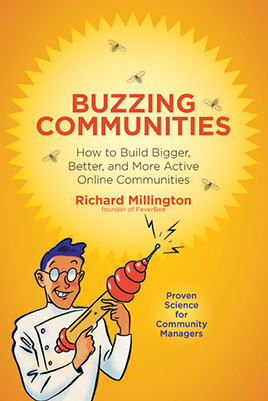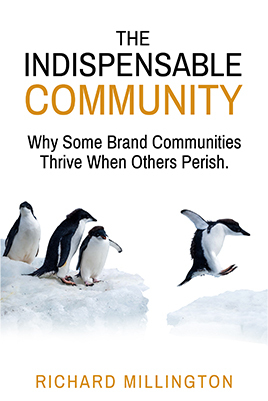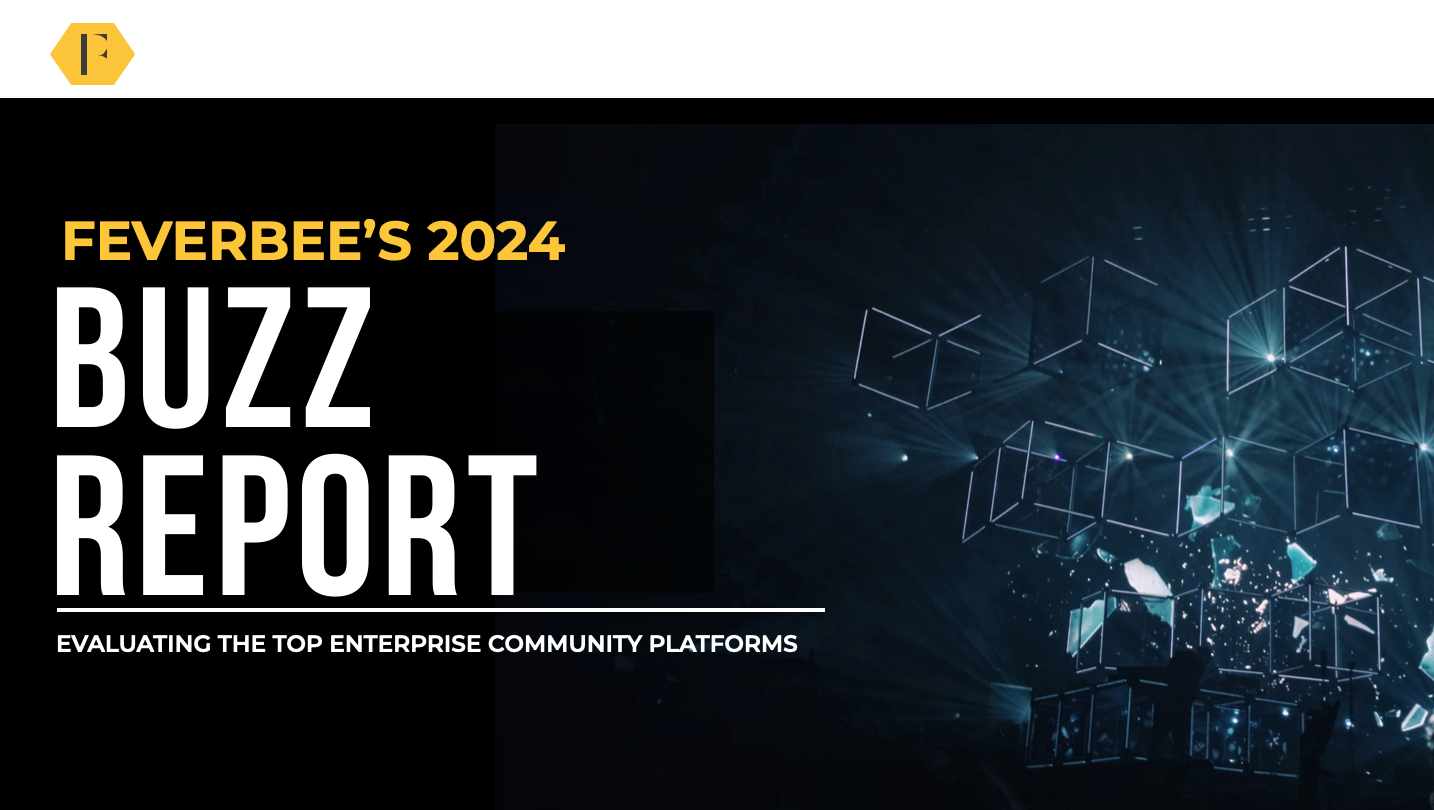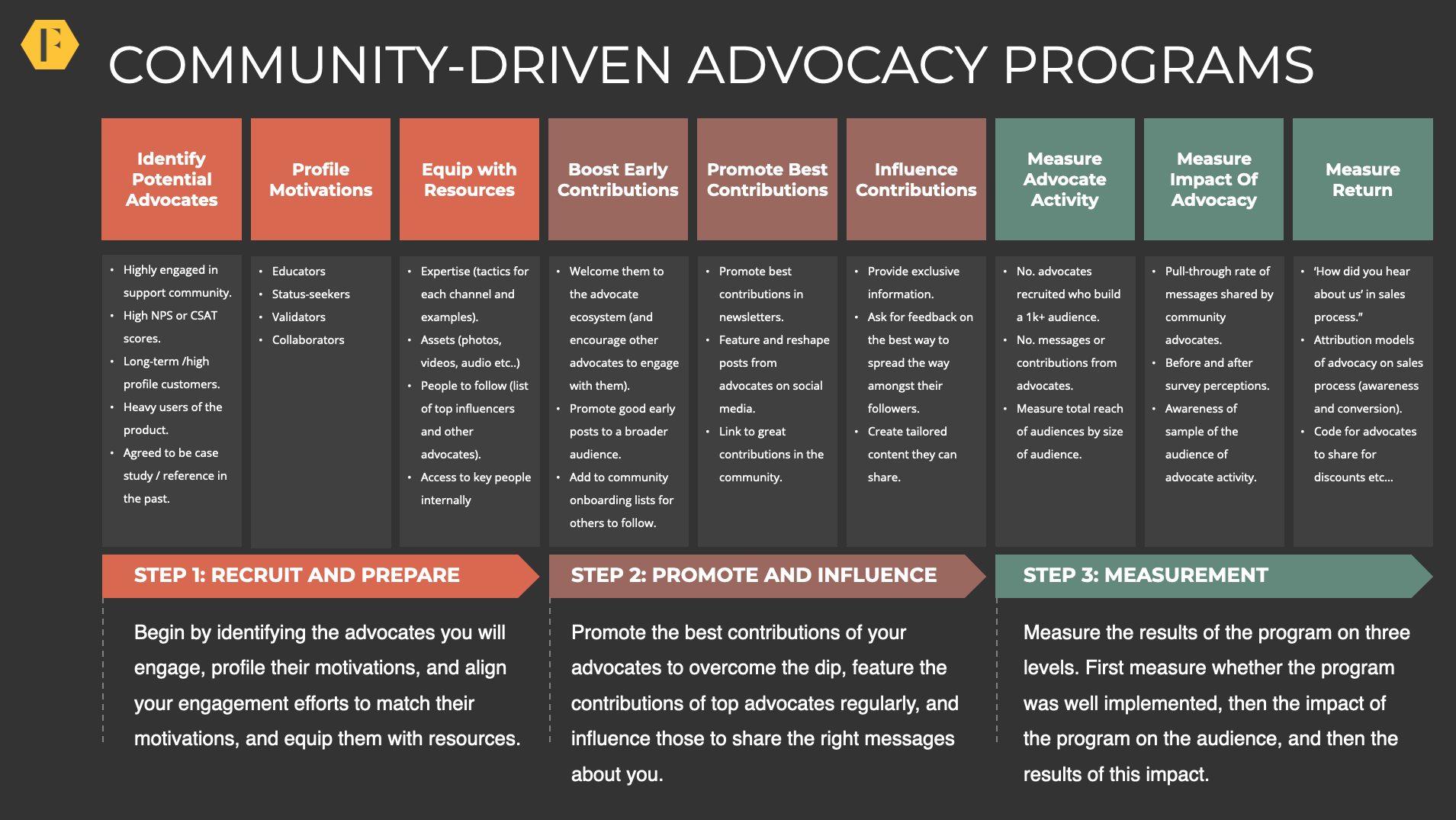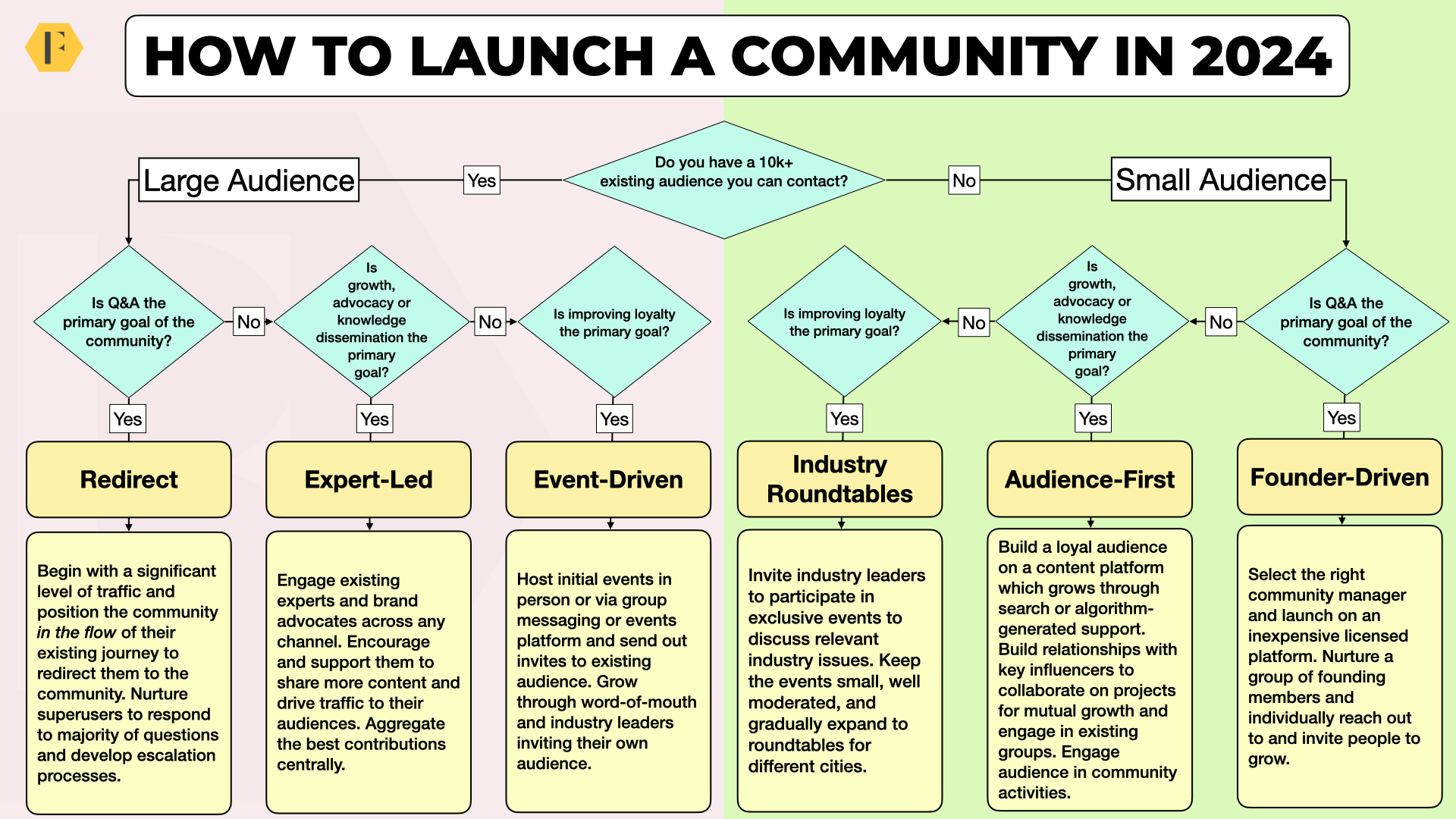In our experience the biggest problem isn't organizations expect members will use a platform if it exists (if you build it…), it's organizations believe their audience wants to spend their spare time talking about them.
This is the real fallacy that kills most community efforts.
Your audience doesn't want to talk about you.
There are exceptions. There are a handful of product support communities that are very active. People have problems and use the community to get help. But these are generally the exceptions. You probably can't name more than a dozen of these.
The key step to get right, more than anything else, is the commuity concept. It's like launching a product. You launch with a concept and quick begin reiterating and adapting to suit the needs of the audience. You have to be quick, perceptive, and able to change things like web-copy and promotional tactics very quickly.
Most importantly, you have to begin small. Try to find a concept that works with a few dozen, maybe a hundred, members and then expand.
A few more tips I'm sure we've covered many times before:
- Target a segment within your broader target audience. Your initial members have to have as much in common as possible. Exclude the majority to get your community off the ground.
- Make the community about your members' fears/aspirations. Make the concept dedicated towards something members want to achieve e.g. Backpacking Light.
- Don't make the community about you/your brand/your products. Make the concept about something the audience wants to (or better, already does) talk about. Base your community concept around what the audience has already told you they're interested in – then invite that audience to participate.
- Bring outside habits into the community. Bring existing discussions, events/activities, problems/challenges, workflow processes into the community. The more habits you bring in, the easier it is to get someone to visit and participate in your community.
You usually have to attend a few meetups, participate in existing discussions, meet a lot of the audience for coffee, and interview a few dozen of this audience to really understand what the audience talks about.
Align all your promotional messages with the community concept.
If you want to learn more, sign up to the Virtual Community Summit in London from Feb 20 – 21.
This is the first event dedicated to mastering the psychology you can use to increase growth, activity, and the value of any community. Learn more, click here.
